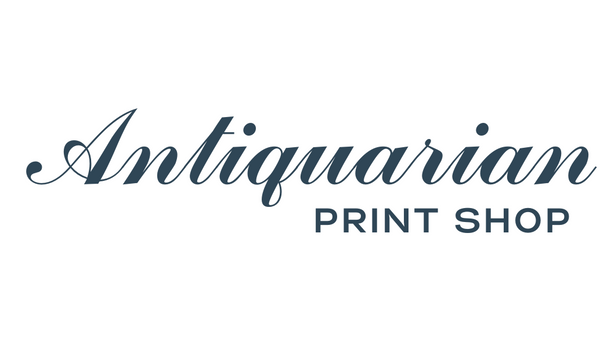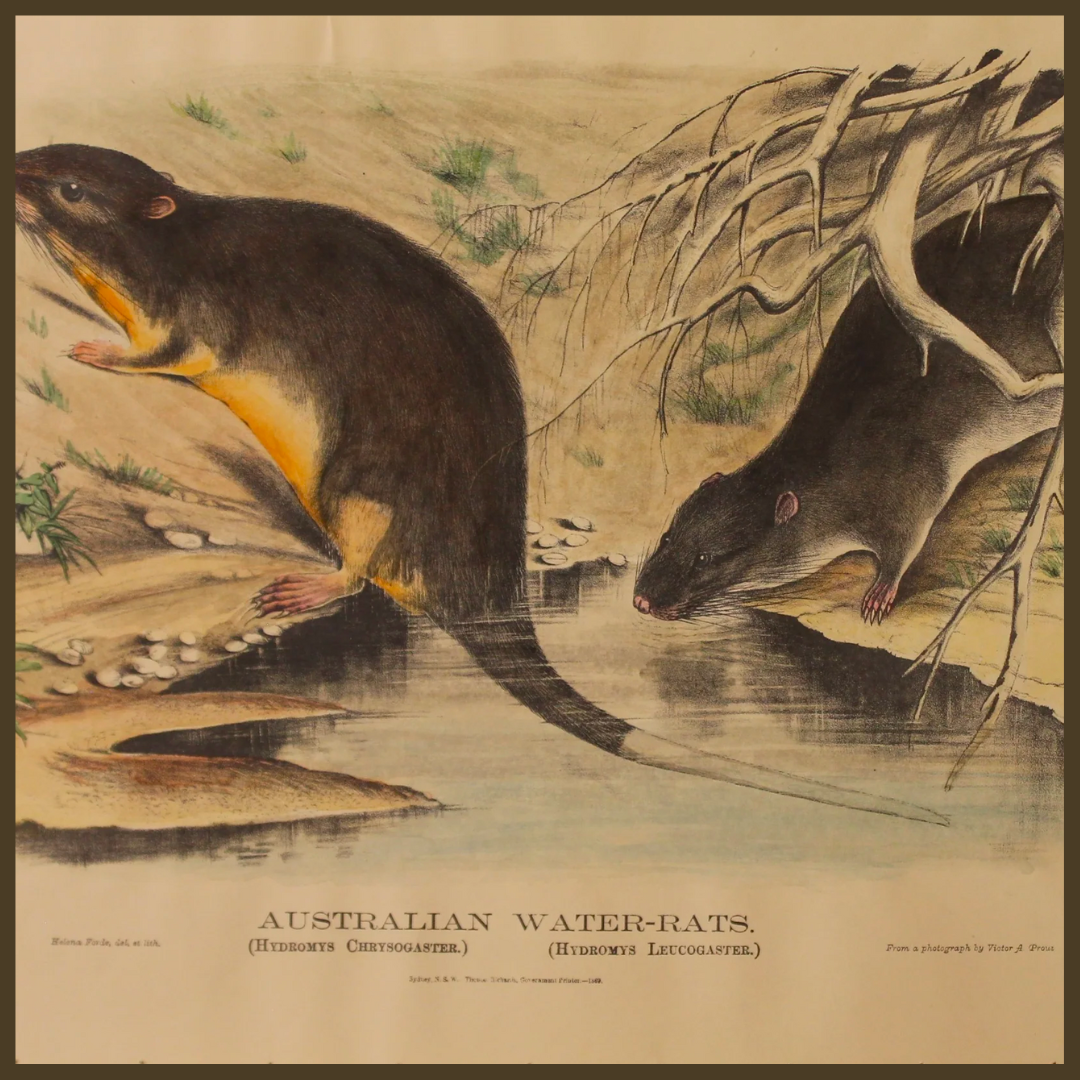
BIOGRAPHY OF ALBERT HENRY FULLWOOD
Share
Albert Henry Fullwood (1863-1930), artist, was born on 15 March 1863 at Erdington, Birmingham, Warwickshire, England, son of Frederick John Fullwood, jeweller, and his wife Emma, née Barr. From 15, Henry, as he was known, attended Birmingham Institute on a scholarship. On completing his studies he migrated to Sydney in 1883.
Employed first by John Sands Ltd, Fullwood worked as a black and white artist for the Picturesque Atlas of Australasia in 1883-86. He travelled extensively, including visits to Thursday Island, Torres Strait, Palmerston (Darwin), Port Moresby, New Guinea, and later New Zealand. His illustrations were workmanlike but diverged little from those of other staff artists such as Julian R. Ashton. In the 1880s he shared a studio with Frank Mahony; with Ashton they spent the weekends painting. For a time he lived with friends Tom Roberts and Arthur Streeton at their camp at Sirius Cove in Sydney. Fullwood, encouraged by Livingston Hopkins, also returned to etching. He contributed drawings to the London Graphic and Black and White as well as to the Australian Town and Country Journal, the Bulletin, Illustrated Sydney News and the Sydney Mail. In the centennial issue of the Sydney Mail (21 January 1888) he made a large wood-engraving of the city.
A member of the Art Society of New South Wales from 1884, Fullwood, with Roberts and others who were dissatisfied with the influence of laymen on its committee, was active in setting up the breakaway Society of Artists, Sydney, which was confined to professionals; he served on its council. On 13 October 1896 he married Clyda Blanche, daughter of J. H. Newman, a photographer; she bore him two sons. In 1900 he auctioned his work and took his family first to New York for a year, thence to London. He visited Capetown in 1903. He found plenty of black and white work in London, exhibited at the Royal Academy of Arts from 1906 and the Salon de la Société des Artistes Français, Paris. A member of the Chelsea Arts Club, he was a friend of English artists and Bertram Mackennal.
Soon after the outbreak of World War I Fullwood joined the Allied Arts Corps. From April 1915 to November 1917, when he was discharged as medically unfit, he served as a sergeant in the Royal Army Medical Corps, and was posted to No.3 London General Hospital, Wandsworth, with fellow Australian artists, Roberts, Streeton, George Coates and Miles Evergood. In 1918, with the rank of honorary lieutenant in the Australian Imperial Force, he went to France as official artist to the 5th Division and painted scenes of the Western Front, mainly watercolours, for the Australian War Memorial, Canberra.
Demobilized on 31 December 1919, Fullwood embarked for Sydney in February next year. In 1920 with John Shirlow he was a founder of the Australian Painter-Etchers' Society and in 1924 served on the first committee of the Australian Water-Colour Institute.
Fullwood died from pneumonia in the War Memorial Hospital, Waverley, on 1 October 1930 and was buried in the Anglican section of Rookwood cemetery. He was survived by a son. His estate was valued for probate at £844. Fullwood's work in oil, water-colour and etching is equally significant, His monotypes are also of interest. His earliest landscapes, dark in tone, reflected the influence of Ashton and were consciously Australian in spirit; from the late 1880s his work was lighter in mood. In England the illustrative qualities of his Australian oils and watercolours gave way to painting rather more rich and academically Impressionist. His portrait by James Quinn is in the Art Gallery of New South Wales.
This article was published by the Australian Dictionary of Biography, Volume 8, 1981
Related Tag: Portrait Prints



